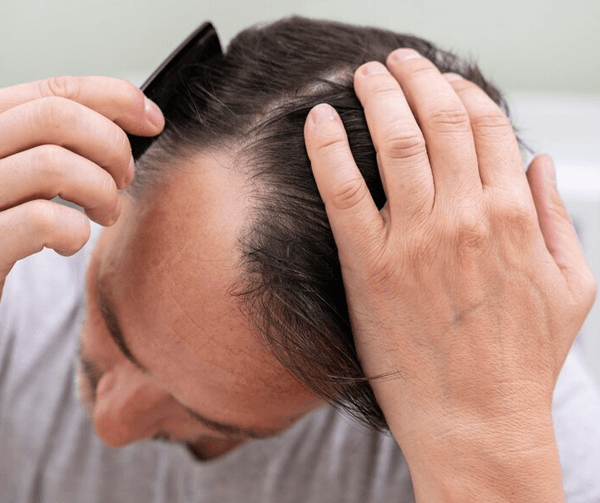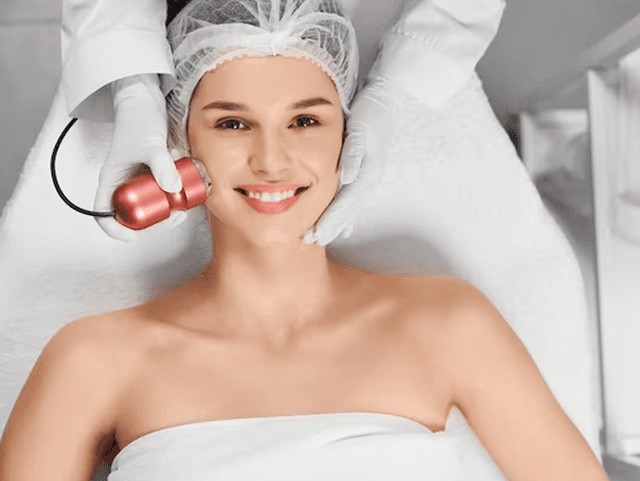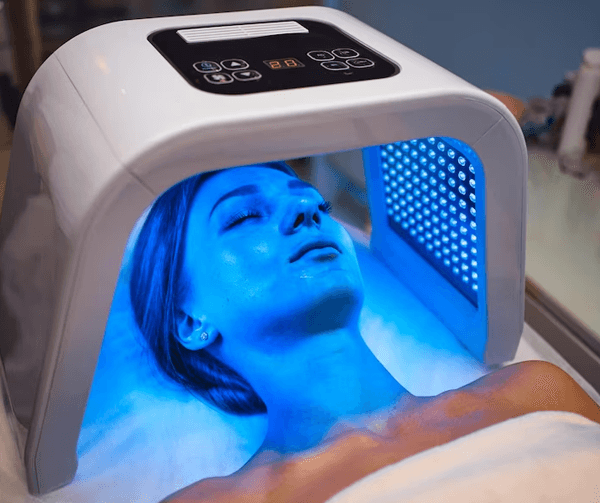For centuries, people have wanted to look great and they have gone to great extents to ensure that the same is possible. In the past few years, science has made it possible to turn back time, because now you can actually go to the stage, where you look the way you once looked. While the generic term is a facelift, there are now actually several types of facelifts, some more sophisticated than the others.
In this article and the next one, we will look at radio frequency facelifts and every aspect associated with them.

Let’s start with what exactly radio frequency is:
Radio frequency, in simple words is the number of waves or oscillations per second of the electric as well as magnetic fields, within the portion of radio waves of the electromagnetic spectrum. It is actually the lowest of the frequencies in the spectrum and the spectrum is essentially quite wide spanning – ranging from microwaves, optical, radio waves, ultraviolet, infrared, gamma rays and even x-rays.
When an alternating current or voltage is fed through an electrode, electromagnetic waves can be created, which will radiate through space at the speed of light. These are what are called radio waves or radio frequencies and these can range from close to a centimetre to several kilometres.
The electricity that is provided in homes in countries like the United Kingdom is an alternating current, which means that it can be used for ‘electro-surgery’, although the same should not be tried. This is because the current needs to be controlled and applied with care and precision. If radiofrequency is applied to the human body, it can be used to coagulate or even cut tissue, which is often necessary for proper healing. When the same radiofrequency is used on the facial skin, it can penetrate deep, working on the deeper layers of the dermis as well as the subcutaneous layers. This allows for a tightening of the skin and also improvements in the very structure of the tissues.
Now, let’s move onto radio frequency face lifting:
The human body is a good conductor of electricity, which is why alternating current can pass through the body. Having understood this concept, doctors and surgeons started using regulated electricity to treat a range of ailments, including cauterising or even removing tissue from the body.
One of the most popular usage of radio frequency is to offer a facelift – the radio waves penetrate the outer layers of the skin and the heat that is generated is directed onto the muscles and the tissues that lie under the skin. The heat induces the production of collagen, which in turn makes the tissues contract. This results in skin that looks and feels tighter and has a more even tone. People who have undergone a radio frequency facelift have mentioned that they have noticed lesser fine lines and wrinkles, post the procedure.
Today, radiofrequency is used mainly to make skin feel tighter and also improve the tone and texture of the skin. Given that the procedure has been approved by the FDA as a non-surgical treatment, it is being used widely to improve facial structure and tone. Since the procedure is non-invasive, there is a minimal downtime involved, which is what has made this procedure truly popular. In most cases, the results are visible almost immediately and in the days to come, things only get better.
In order to understand why a radiofrequency facelift will work, you need to understand how it works:
The main reason that this procedure is truly revolutionary is the fact that the procedure is completely non-invasive. The deeper layers of the skin are heated up, via the means of a rolling probe, which is the source of the RF waves. The energy hence emitted will stimulate the production of collage, which will tighten the skin and also shrink away the fat cells.
Here is what radio frequency face lifting can help with:
Radio frequency facelifts are most commonly used to treat the face, although, technically, they can be used on any part of the body. However, their most common usage happens to be:
- The forehead, wherein the eyebrows can be lifted and the skin on the forehead can be tightened to remove worry lines
- The area under the eyes can be treated to not only thicken the skin, but also tighten it. This can help remove any sagging under the eyes and also create a fullness in the upper cheek.
- Perhaps the most popular use of this procedure is on the cheeks, wherein large pores can be diminished and a gentle lift can also be achieved.
- The procedure can also work wonders on the middle part of the face as well as the jawline. When done right, you can get rid of jowls and if there is any sagging around the jawline, the procedure will take care of the same too.
- If you have a neck that has suddenly started looking loose and there are several lines, the procedure can help you by tightening the skin and handling those fine lines.
The procedure is actually most suited for people who are in their mid-thirties to the early fifties and can tackle mild to moderate sagging. What makes this process great is the fact that it can work on any skin type and colour. Radiofrequency can be used in combination with other procedures to provide optimum results, such as acne treatment, hair removal, cellulite treatment and photorejuvenation.
In the next article, we will continue to look at some other important aspects of radio frequency face lifting.
Image Credit : deluxecenterspa.com








